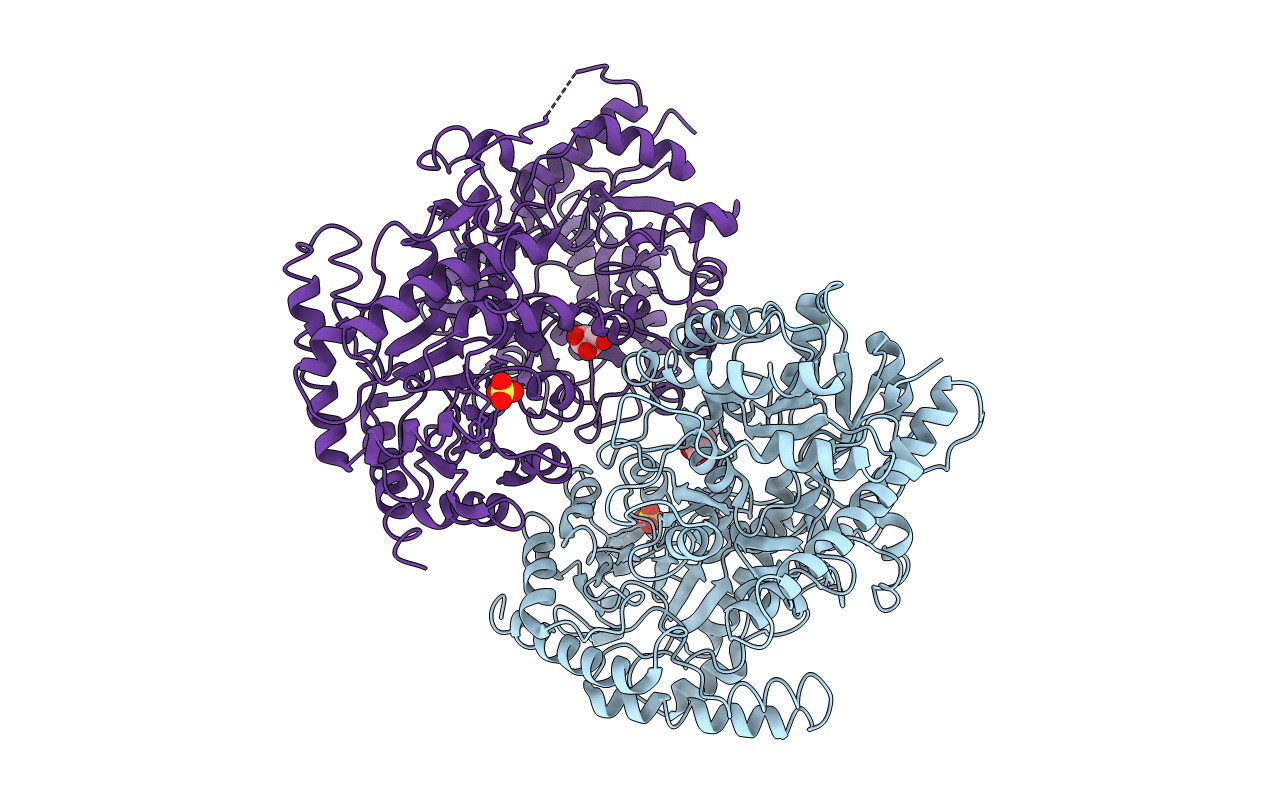
Deposition Date
2004-05-10
Release Date
2005-03-01
Last Version Date
2024-10-30
Entry Detail
PDB ID:
1T7L
Keywords:
Title:
Crystal Structure of Cobalamin-Independent Methionine Synthase from T. maritima
Biological Source:
Source Organism:
Thermotoga maritima (Taxon ID: 2336)
Host Organism:
Method Details:
Experimental Method:
Resolution:
2.00 Å
R-Value Free:
0.24
R-Value Work:
0.20
R-Value Observed:
0.20
Space Group:
P 21 21 2


